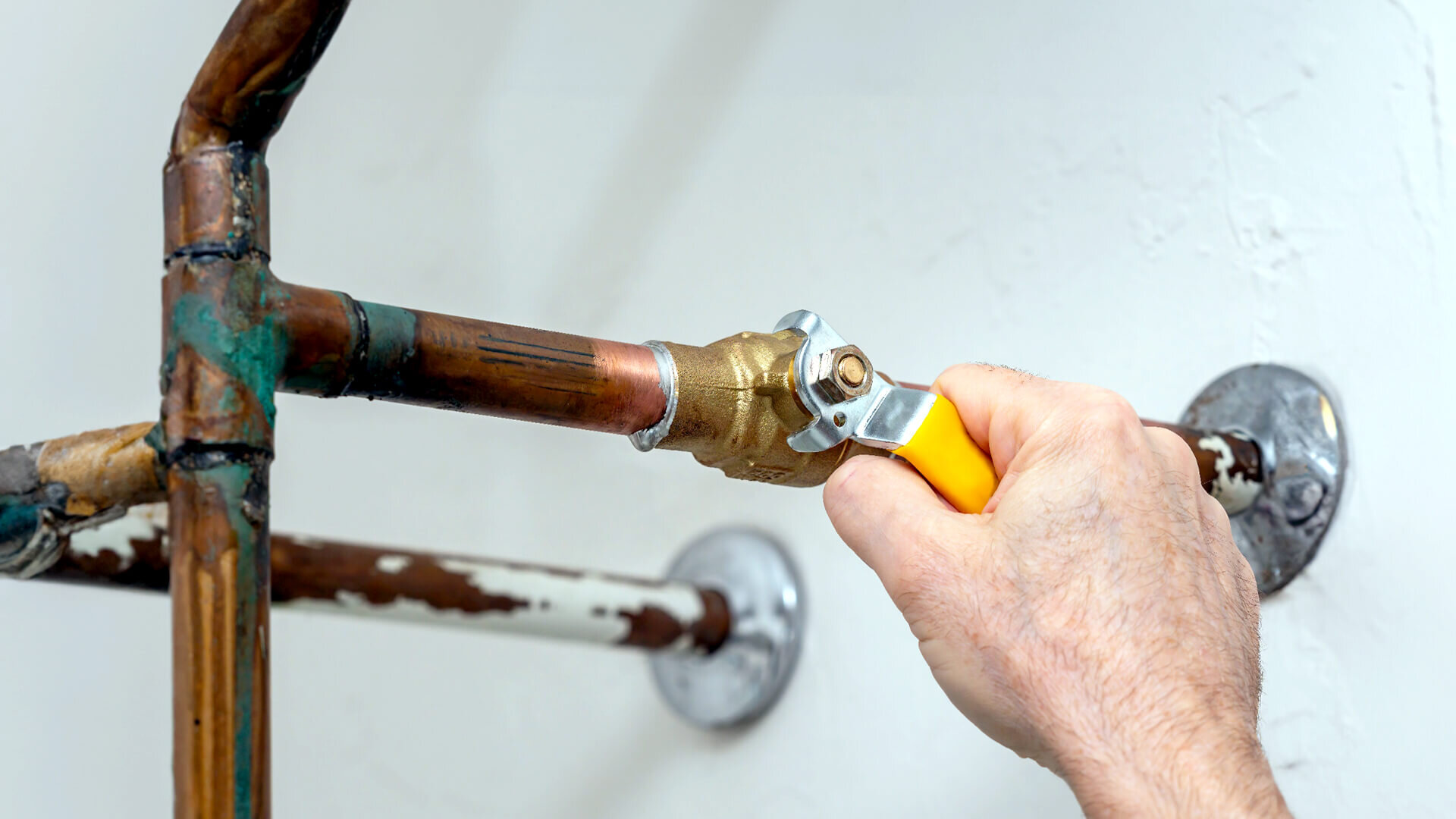Handling Your New Home's Bathroom Plumbing: Key Tips
Handling Your New Home's Bathroom Plumbing: Key Tips
Blog Article
Listed here below you will find some awesome help and advice with regards to Essential DIY Bathroom Plumbing Tips Every Homeowner.
:max_bytes(150000):strip_icc()/large-white-shower-stall-80119693-8b246dc092a1475a99b9c7f78e2be3df-9fdd427b7b0b4c1ea99c169f5a3d9b46.jpeg)
For new property owners, understanding and preserving washroom pipes can save both time and money by stopping pricey problems down the line. Right here are some vital washroom pipes ideas to assist you keep every little thing running efficiently.
Plan For Cold Weather
Protect your pipelines from freezing during winter by insulating pipes in unheated areas like cellars, attics, and garages. Throughout severe cool, let cold water drip from faucets offered by subjected pipelines to assist avoid cold.
Arrange Normal Maintenance
Consider scheduling yearly evaluations with a certified plumber. They can identify concerns that you might miss, such as concealed leaks or deterioration on pipes and components. Normal upkeep aids extend the life of your plumbing system and can stop emergency situations.
Familiarize Yourself with the Main Shut-Off Shutoff
Knowing where the primary water shut-off shutoff is located in your house is critical. This permits you to rapidly shut off the supply of water in case of significant leaks or throughout plumbing emergency situations, stopping considerable water damage.
Regularly Check for Leakages
Tiny leaks can lead to big problems. On a regular basis examine under sinks, around commodes, and near pipes components for any kind of signs of leaks. Search for moisture, tiny drips, or corrosion. Capturing and fixing leakages early can stop extra significant damages and save water.
Maintain Your Hot Water Heater
Ensure your water heater is readied to a suitable temperature level (normally around 120 degrees Fahrenheit) to prevent hot and decrease energy usage. Flush the container yearly to get rid of debris buildup, which can reduce the efficiency and life expectancy of your heating unit.
Update Your Fixtures
If your home has older components, think about updating to a lot more effective versions. Modern bathrooms, showerheads, and faucets are designed to use much less water while offering great pressure, which can significantly minimize your water costs and environmental impact.
Beware with DIY Pipes Repair Works
While it's tempting to manage all home repair work by yourself, beware with pipes. Some issues might require expert experience, especially if they include main water lines or sewer repairs. Working with an expert can sometimes be more economical than do it yourself, especially if it prevents additional damage.
Do Not Neglect Slow Drains
If your sink or tub is draining pipes gradually, it's commonly a sign of an obstruction developing. Resolving this early can stop a complete obstruction. Utilize a bettor or a plumbing's snake to clean out particles. Stay clear of using chemical drain cleaners as they can harm your pipelines gradually.
Know What Not to Flush
Commodes are not waste disposal unit. Avoid flushing anything aside from bathroom tissue and human waste. Items like wipes, feminine health products, and cotton swabs need to be gotten rid of in the garbage to stop obstructions and sewage system back-ups.
Mount Strainers in Drains
Location filters in your sink and tub drains pipes to capture hair and other debris prior to they enter your pipes system. Cleansing the strainers frequently will help avoid buildup and keep water flowing openly.
Final thought
Understanding and maintaining your home's bathroom pipes can stop lots of common issues. By adhering to these crucial suggestions, you can guarantee your shower room continues to be functional and effective, conserving you money and time in the long run.
Essential Plumbing Tips for Homeowners: Keep Your Pipes Flowing Smoothly
As a homeowner, understanding the basics of your plumbing system can save you time, money, and a lot of headaches. Plumbing issues can range from minor annoyances like dripping faucets to major problems like burst pipes that cause significant damage. This guide provides essential tips to help you maintain your plumbing system and tackle common issues.
Understanding Your Plumbing System
Supply System: Brings fresh water into your home from a municipal source or a well. Drain-Waste-Vent System: Removes wastewater and vents sewer gases outside. Fixtures and Appliances: Includes sinks, toilets, showers, dishwashers, and washing machines. Basic Maintenance Tips
Regular Inspections: Periodically check for leaks, corrosion, and other signs of wear and tear. Look under sinks, around toilets, and near water heaters. Know Your Main Shut-Off Valve: In case of a major leak, you’ll need to shut off the water quickly. Ensure everyone in your household knows where the main shut-off valve is located. Prevent Frozen Pipes: In cold climates, insulate exposed pipes and let faucets drip during extreme cold to prevent freezing. Use Strainers: Install strainers in sinks and tubs to catch hair, food particles, and other debris that can cause clogs. Common Plumbing Issues and Solutions
Clogged Drains:
Prevention: Avoid pouring grease down the drain and use drain screens to catch debris. DIY Fix: Use a plunger or a plumbing snake to clear minor clogs. For stubborn clogs, a mixture of baking soda and vinegar can sometimes help. Leaky Faucets:
Prevention: Replace washers and seals regularly. DIY Fix: Turn off the water supply, disassemble the faucet, and replace worn parts.

Click Here Report this page